Animals that hop and jump are everywhere, from tiny fleas to mighty ostriches. Not only is the hopping motion quicker than walking, but it allows the animal to protect itself by either quickly avoiding predators or even scaring them away with a loud sound.
In this article, we will tell you about 10 such animals that hop and jump.
Table of Contents
The following is a list of hopping and jumping wild animals:
1. Deer
Scientific name (family): Cervidae
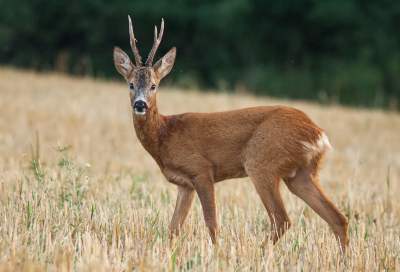
Deer are true champions of the task that often requires a second glance to figure out – leaping. From a standing start, they can cover ground up to fifteen feet in length and eight feet in height- impressive measurements for an animal that might not have seemed super athletic at first glance.
Although their jumping ability might make you think that deer only leap when hungry and trying to get into someone’s garden, these animals often hop around even if no food is involved. Hunters and wildlife specialists claim that deer use their ability to jump as one way to protect themselves from being prey; when a predator comes close enough, a burst of energy through the woods quickly follows.
2. Frogs
Scientific name (order): Anura
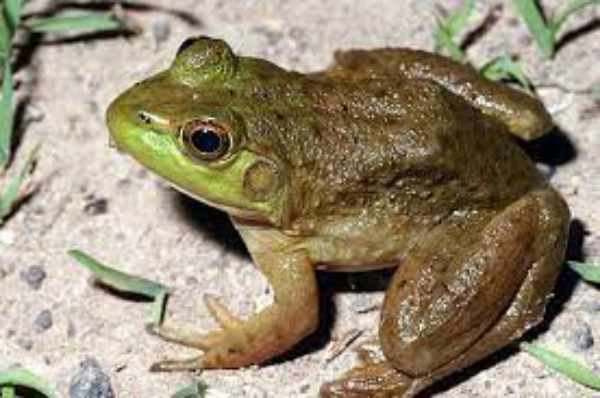
Frogs are amazing jumpers, capable of escaping predators with power and finesse! However, they also rely on their jumping abilities as their primary form of movement; it’s a much faster and more energy-efficient way for them to get around. Take the South African Sharp-Nosed frog for example – this amphibian can make massive jumps in a short amount of time.
A single leap for this frog can reach a whopping 130 inches, explaining why it is regarded as the best jumper out of all frogs. That’s approximately 260 feet in terms of human distance – an impressive feat given that these animals are only 3 inches long!
3. Kangaroos
Scientific name (family): Macropodidae
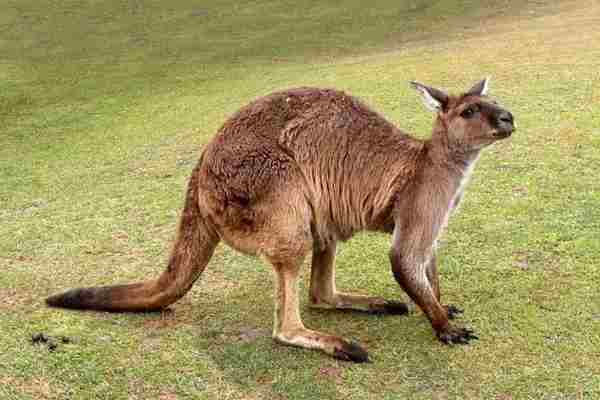
Kangaroos are fascinating creature from Australia that has the remarkable capability to jump on two legs up to 70 km/h! Though their average speed is around 25 km/h, they can still make huge leaps of over 9 meters.
This method, in which they use their powerful hind legs as well as their tail for balance and counter-movement, is incredibly energy efficient, allowing them to conserve valuable resources while searching for food and water.
4. Salmon
Scientific name (family): Salmonidae

Salmon are integral to the aquatic food chain, but out of all the fish species around the world, they’re unique in that they can make incredible jumps. Unlike most other fish that merely breach the surface of the water, salmons take their acrobatics to the next level by jumping out of it.
Such prowess is necessary for them to clean their gills and scales, and even more impressively, to surmount rapids as it swims upstream towards spawning grounds. It is an automated, yet highly impressive behaviour that sustains entire salmon populations throughout each season.
5. Jumping Spiders
Scientific name (family): Salticidae

Jumping spiders may be the stuff of nightmares to some, but they’re definitely real. With over six thousand species making up this family, they can be found all over the world. Jumping spiders have a very versatile purpose when it comes to their leaping abilities – they use it to catch prey and escape predators.
Though human beings might not consider it much, jumping 6.3 inches is actually quite a considerable distance for these spiders – proportionally speaking, this would be like a 6-foot-tall man jumping 75 feet in length!
6. Wallabies
Scientific name (family): Macropodidae

Wallabies are a surprisingly fascinating species that sometimes get confused with their much larger counterparts, kangaroos. Though they belong to the same family, they actually differ in many ways. For one thing, wallabies tend to jump lower heights and shorter distances than kangaroos.
In times of emergency or danger they might reach up to three meters but usually only hop in short bursts as a way to escape predators. Wallabies also aren’t very fast on foot, clocking in at speeds no higher than 25 km per hour, although in leaping mode they can motor around faster–reaching 50 km/h at most.
7. Hares
Scientific name (genus): Lepus
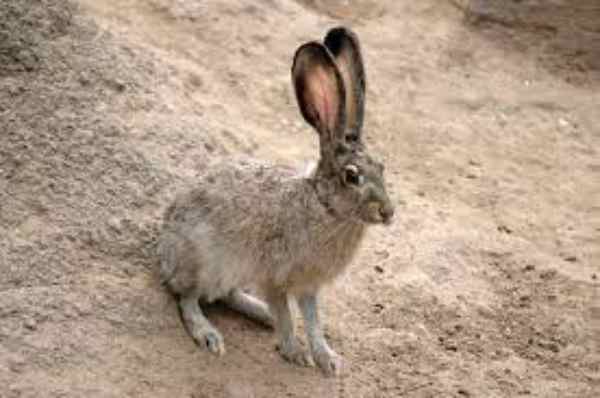
Hares are among the fastest creatures in the animal kingdom! Not only can they sprint at speeds of up to 80 km/h, but their distinct hopping motion can propel them at an impressive speed of 55 km/h over long distances. Evidence that confirms how swift hares are can be seen on a regular basis when one spots a hare bounding across fields or across roads – it often appears as if it’s merely floating above the ground.
Additionally, these amazing creatures have also been known to soar up to 10 feet from the ground when leaping – providing a handy escape technique from further unwanted attention from predators like birds of prey.
8. Crickets
Scientific name (family): Grylloidea
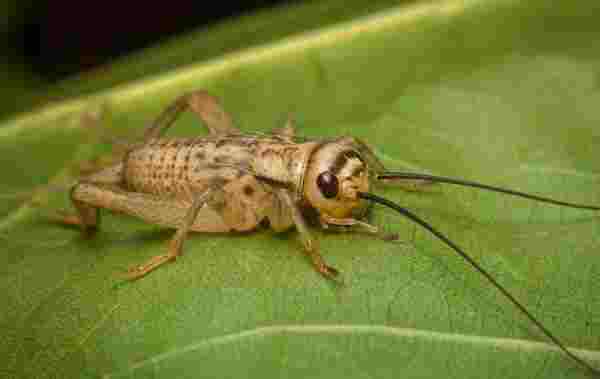
While most crickets can jump about 3 feet in length, the camel cricket has a different jumping tactic; if you stand too close, this type of cricket will actually jump at you as a means to scare away or surprise intruders.
Despite the occasional defensive jump from certain species, crickets are generally harmless creatures. They use their remarkable method of escape as an adaptation to survive predators rather than attacking unsuspecting humans or animals.
9. Grasshoppers
Scientific name (suborder): Caelifera

Grasshoppers are incredible creatures that have earned their claims to fame for being powerful hoppers. Jumping up to 30 inches across, these insects are truly remarkable in their own right. What’s even more impressive is that when faced with danger, grasshoppers can select the lesser of two evils and jump away on only one leg!
Much like a lizard losing its tail in order to flee from predators, grasshoppers will quite literally lose a leg if need be to make an escape. This power to hop and fly away at a moment’s notice makes the grasshopper an inventive survivor of the natural world.
10. Ostrich
Scientific name (family): Struthio
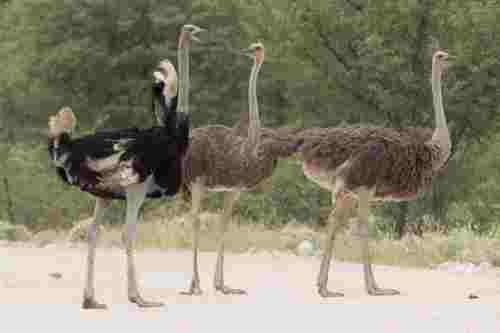
Ostriches are known to move quickly, making them an impressive sight to watch. While they can’t fly, they make up for it with their incredible hopping and jumping ability. Ostriches have the great ability to adjust their leg muscles in a matter of seconds to go from jumping several feet high in the air, to suddenly taking long powerful strides across large distances.
When startled, ostriches can jump as far as 16 feet using their powerful back legs which act like springs! What’s even more incredible is that these large birds running speeds can reach up to 31 miles per hour.
FAQs
What is hop vs jump in animals?
While both involve propelling one’s body through the air, hopping is the act of an animal pushing off the ground multiple times with alternating legs in quick succession to move forward, while jumping involves an animal’s simultaneous use of both legs together to take a single powerful leap into the air and cover longer distances.
What are some examples of animals that jump?
Jumping Spider, Froghopper kangaroo Rat, Grasshopper
Which animal hops up and down?
Kangaroo
Which animal can jump and swim?
Bison
What are 5 animals that hop?
Rabbits, bharals, hares, kangaroos, and klipspringer
Final Words
To end up Kangaroos are known for being the most hopping animal on the list, but insects and some frogs can also reach astonishing heights and distances with their jumps. The process of hopping is mostly used to cover large distances and find sustenance, but little critters can use it to escape predators or even catch prey.
Take the jumping spider as an example – they use their powerful leaps to ambush insects they couldn’t otherwise catch with their fast reflexes. So while kangaroos might be the most famous hoppers, there are other animals that have amazing abilities for bouncing around!
Reference:
https://kidszoo.org/wp-content/uploads/2014/02/The-Kangaroo-Hop.pdf
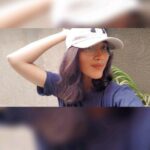
Zahra Makda
Growing up enjoying the beauty of my village, a good passion for nature developed in me from childhood. Following my passion for the natural world, I have chosen zoology for my graduation, during my undergraduate degree, I participated in many nature trails, bird watching, rescues, training for wildlife conservation, workshop, and seminars on biodiversity. I have a keen interest in invertebrate biology, herpetology, and ornithology. Primary interests include studies on taxonomy, ecology, habitat and behavior.









